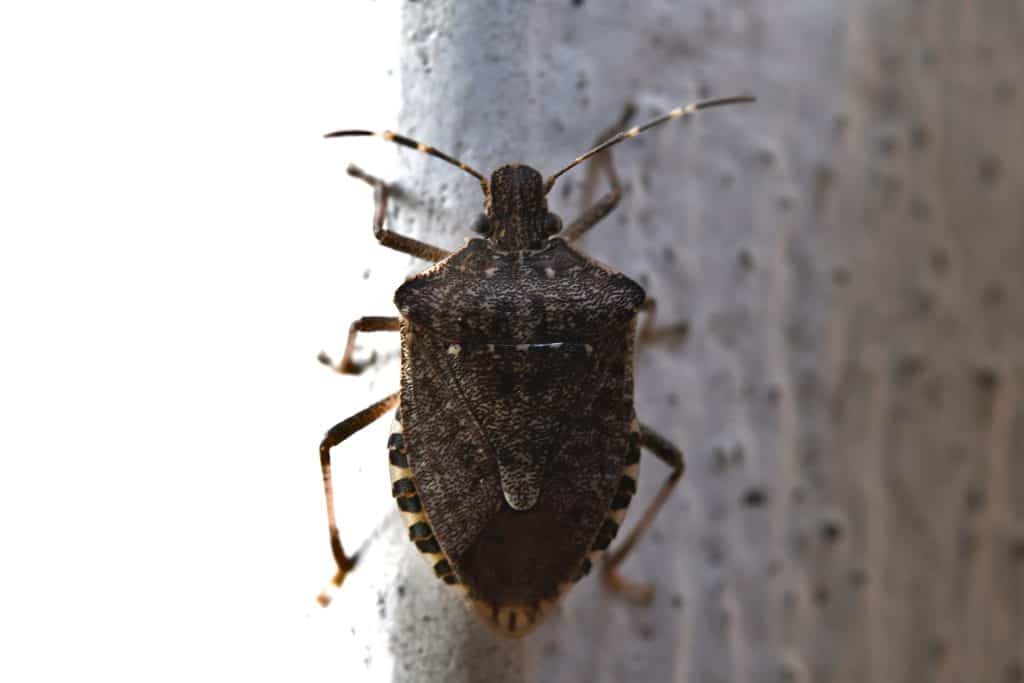First published: 19 January 2021 @ 3:57 pm
Bed bugs are small, brown insects that feed on human blood. They can be found in homes, hotels, schools, and other places where people spend a lot of time.
Bed bugs can cause skin rashes and can be difficult to remove. They’re not known to transmit disease to humans, but their bite can leave itchy welts on the skin.

Where do they live?
Bed bugs live in cracks and crevices in our homes and apartments. Their flattened bodies allow them to fit into these small spaces.
They’re found all over the world, but they’re more common in areas with high population density. They usually found in bed frames.
How to notice there is a bedbug?
You can see them with the naked eye. They’re brown and about 3/16th of an inch long. Their flat bodies allow them to fit into tiny spaces, which makes it difficult to find evidence of their existence without using a magnifying glass or a special tool called a “bed bug detector.”
People usually mistake them as apple seed since it’s tiny. Try searching for another sign of bed bugs or bedbug bites.
They exist throughout North America, but they prefer warm temperatures between 70 and 80 degrees Fahrenheit or 21-27 degrees Celsius (the temperature range of human skin).
While bed bugs can survive cold temperatures for short periods of time (around five days), they will die when exposed to extreme cold for an extended period (one month or more).
To prevent infestations, keep your home at a room temperature above 70 degrees Fahrenheit or above 21 degrees Celsius if possible. This is true even if you live in an apartment building that doesn’t have central air conditioning; you can use space heaters to warm your home during the winter months when it gets cold outside.
Bed bugs generally hide during daylight hours and feed at night when humans are sleeping – so the best way to prevent an infestation is by eliminating places where bed bugs can hide day-to-day (like furniture).
Keeping your house as clean as possible so that no new bed bugs move in from neighboring apartments or homes – even if they don’t have bed bugs now!
Do I have bed bugs?
If you think you may deal with an bedbug infestation, there are several signs that may show whether you actually have them like small black marks on sheets.
When you find a black marks, try check if you have bed bug bites. bed bug bites usually look like a rash.
Bedbugs leave tiny shed skins and droppings behind as evidence of their presence–also known as “moulted exoskeletons” .
You may see these black spots on your sheets after removing the blankets from your mattress and before putting them back on. Small, red bites on skin :
If you wake up with small red bites on your skin, you’re dealing with an infestation of bedbugs or a more common enemy–mosquitoes! You can distinguish bed bug bites from mosquito bites by the appearance of the bite marks alone.
Mosquito bite marks are usually small and round; bed bug marks are like mosquito bite marks but appear in rows or clusters of three or four.
If you have a verifiable bed bug infestation going on, you may see the bugs themselves at night on your skin–or even scurrying across your floor.
The best way to ensure you don’t have an infestation is to keep your home clean. If you can see evidence of bedbugs in your home, call an exterminator immediately!
